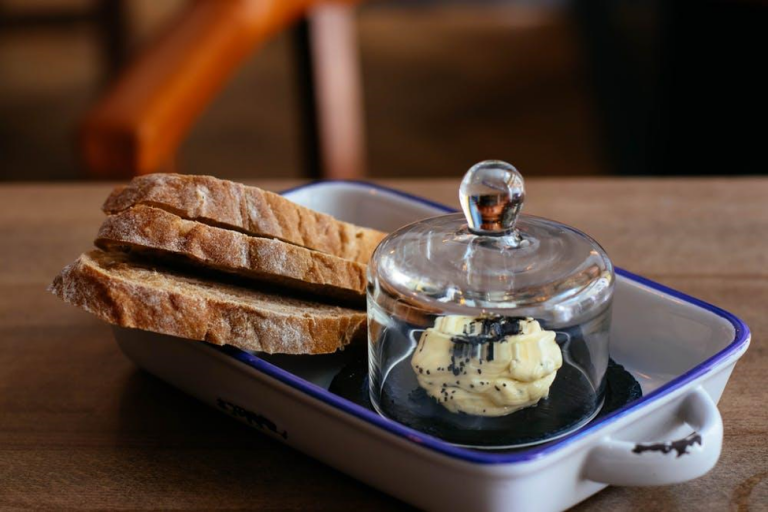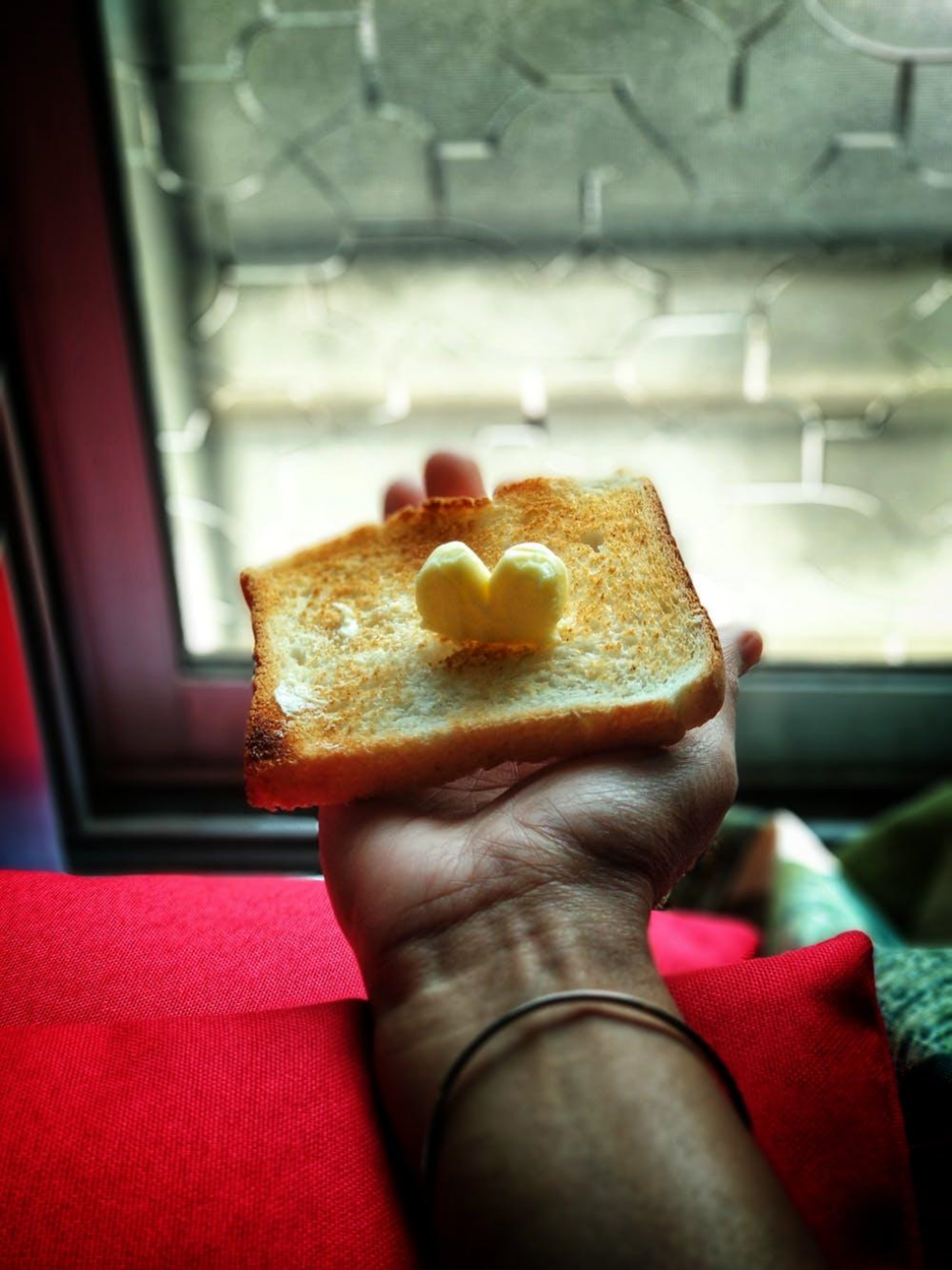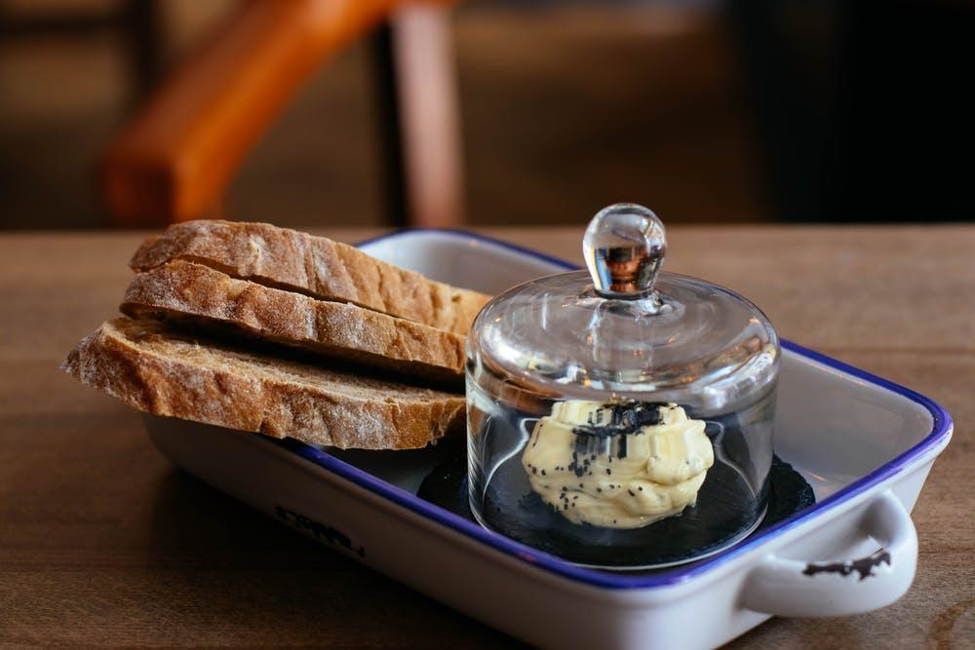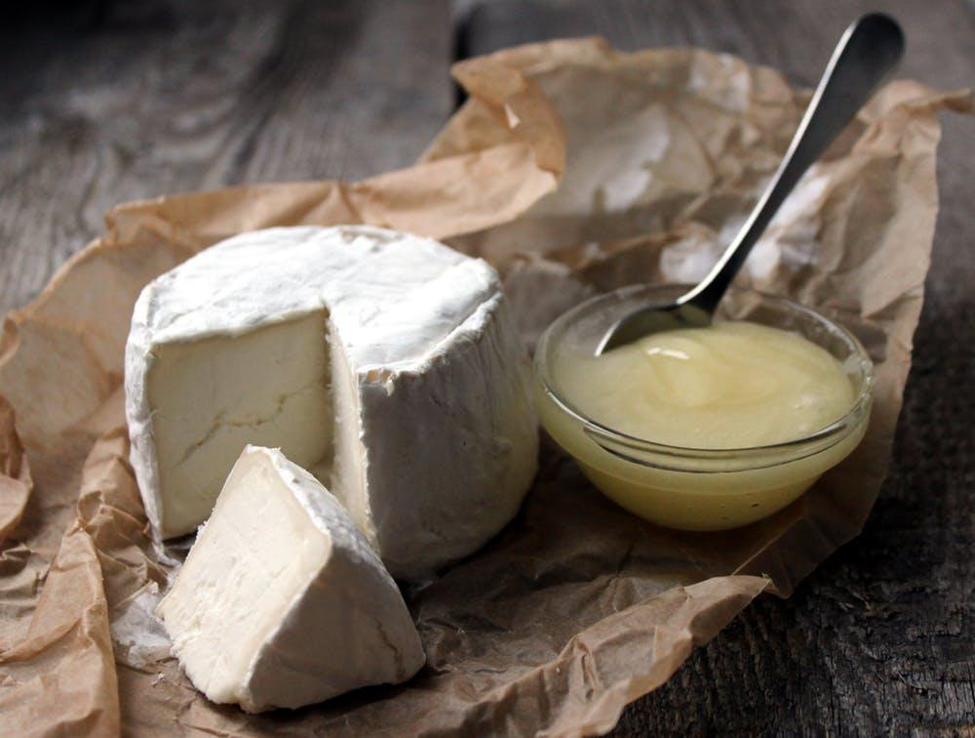
What is Ghee? Is it good for you? How can it be used? And, more!

I recently heard of a product on a cooking show called Ghee. I had never heard of this word before and instantly got sucked into this seemingly new and mysterious food. I was surprised to learn what Ghee is and the various ways it can be used!
So, what is ghee?
As it turns out, Ghee is a type of clarified butter originally from India.
What is clarified butter? Clarified butter is the milk fat that is toasted and removed from the melted butter.
5,000 years ago Ghee was made using milk from sacred cows. The Ghee would then be used in various religious ceremonies, used to fuel oil lamps and even be applied as a healing agent for skin wounds. The Hindu’s lovingly refer to Ghee as “the true food of the gods”. Once discovered as edible food, Ghee became very popular in Middle Eastern recipes as well as recipes from Southeast Asia.
Is Ghee good for you?
It is safe to assume that any food made from milk fat is probably not the healthiest food. In the case of Ghee, a single tablespoon contains approximately 115 calories, 14.9 grams of fat, 9.3 grams of saturated fat, 38.4 milligrams of cholesterol, 460.1 IU of vitamin A and .42 milligrams of vitamin E.
How is Ghee used?

Ghee can be used in so many ways and there are a variety of benefits to using it. The following are just some of them!
- Ghee is often used cooking fat. Depending on your preferable diet, you may or may not find this animal fat appropriate for cooking your meals.
- Ghee has long been believed to help improve ulcers and other digestive matters.
- One of the greatest things about Ghee is that it doesn’t need refrigeration! How is this possible? Well, once the milk solids are removed from butter, what remains returns to a solid in room temperature and there are no milk solids left to spoil. Although, keeping it in the fridge will help prolong its life. As an added bonus, this also means that Ghee is a lactose-free product!
- The general rule for using Ghee is that you simply substitute it whenever you would normally use oil or butter. Though, some recipes maybe oil or butter specific and should probably be followed as such.
How to make Ghee at home!
Ghee is found in supermarkets and ethnic food sections around the world. However, it is possible to simply make your own Ghee right at home! Here is one of the recipes I found!
How to Make Ghee
Ingredients
- 1 pound unsalted butter, (454 g)
Instructions
- Cut butter into even pieces and place in a large heavy-bottomed skillet or dutch oven.
- Turn heat to medium and allow butter to melt. Once melted simmer over medium-low heat.
- Gently simmer the butter until the solids float to the surface, about 10 to 15 minutes depending on how hot the stovetop and pan used. Bubbling will also occur with the foaming.
- Meanwhile, use a spoon to remove the white frothy milk solids from the surface of the melted butter and discard. This can be done as soon as you see the solids rising to the top.
- Once the surface solids are removed, only yellow butterfat and white milk solids that have sunk to the bottom will remain.
- Continue to simmer the clarified butter until milk solids on the bottom a light amber in color, and the butterfat becomes a deep golden yellow color. The ghee should smell nutty when done. Time will vary depending on your stove.
- Turn off heat and remove the pan from the stove to ensure that the browned milk solids do not burn.
- Allow the ghee to slightly cool for about 3 to 5 minutes.
- Set a fine-mesh strainer over a heat-proof bowl or cup. Line the strainer with a triple layer of cheesecloth that hangs over the edges of the strainer.
- Carefully pour the ghee through the lined strainer into the container. The browned milk solids should collect in the cheesecloth.
- Transfer the ghee to a clean glass jar with a lid.
- Ghee can be stored in an airtight container at room temperature for up to 3 months, or 1 year in the refrigerator.
